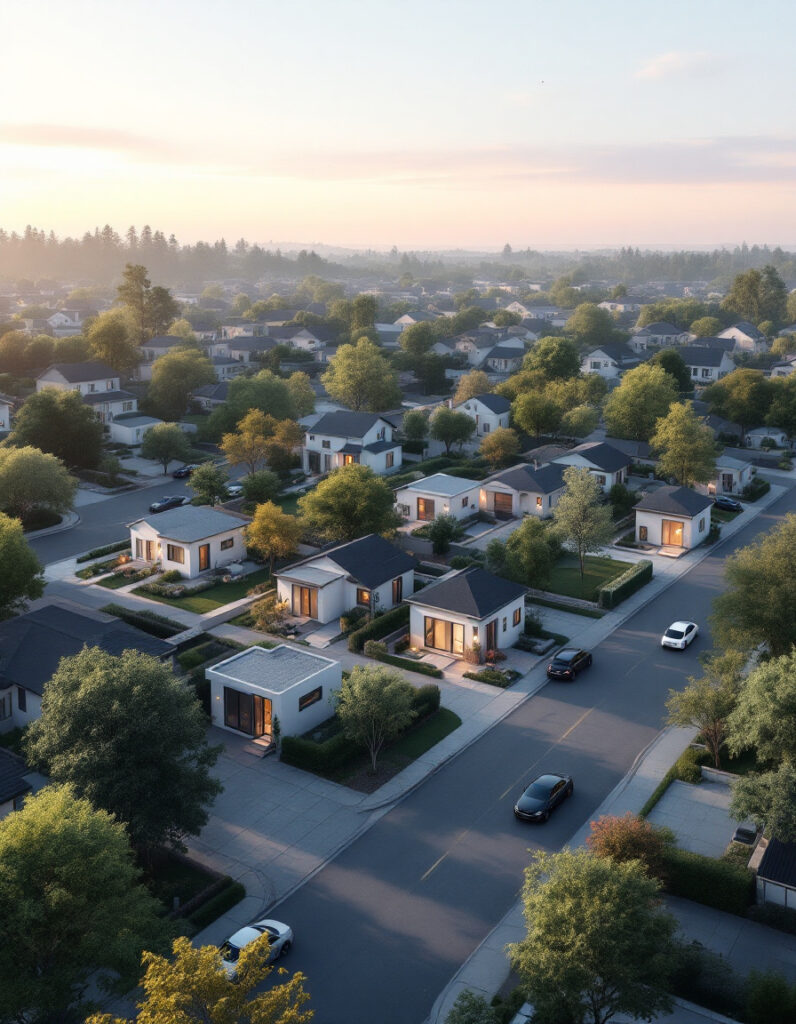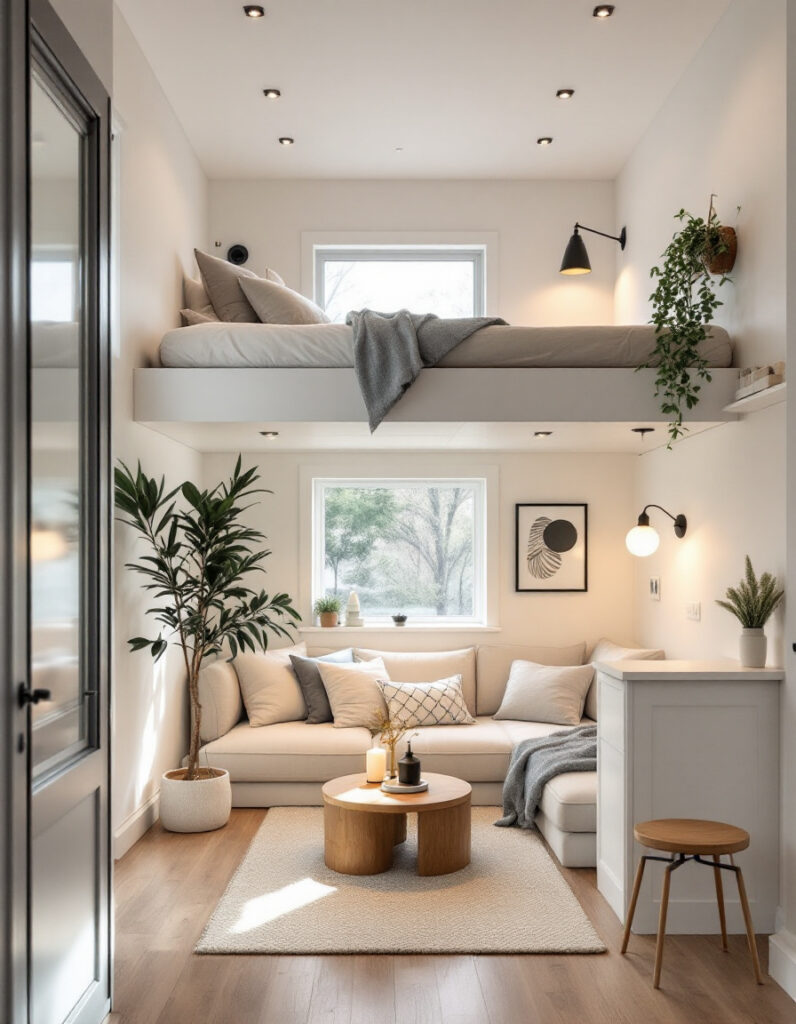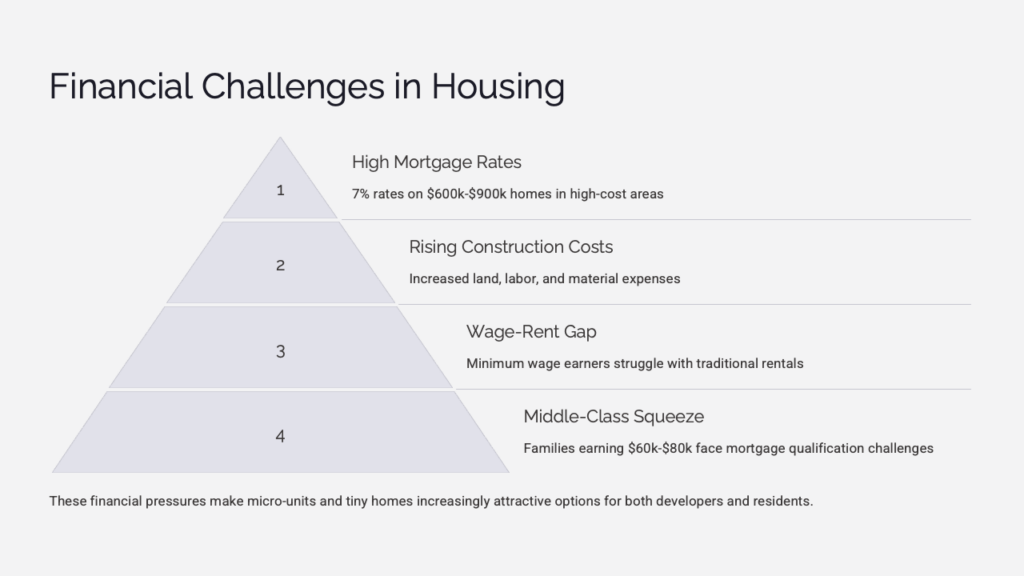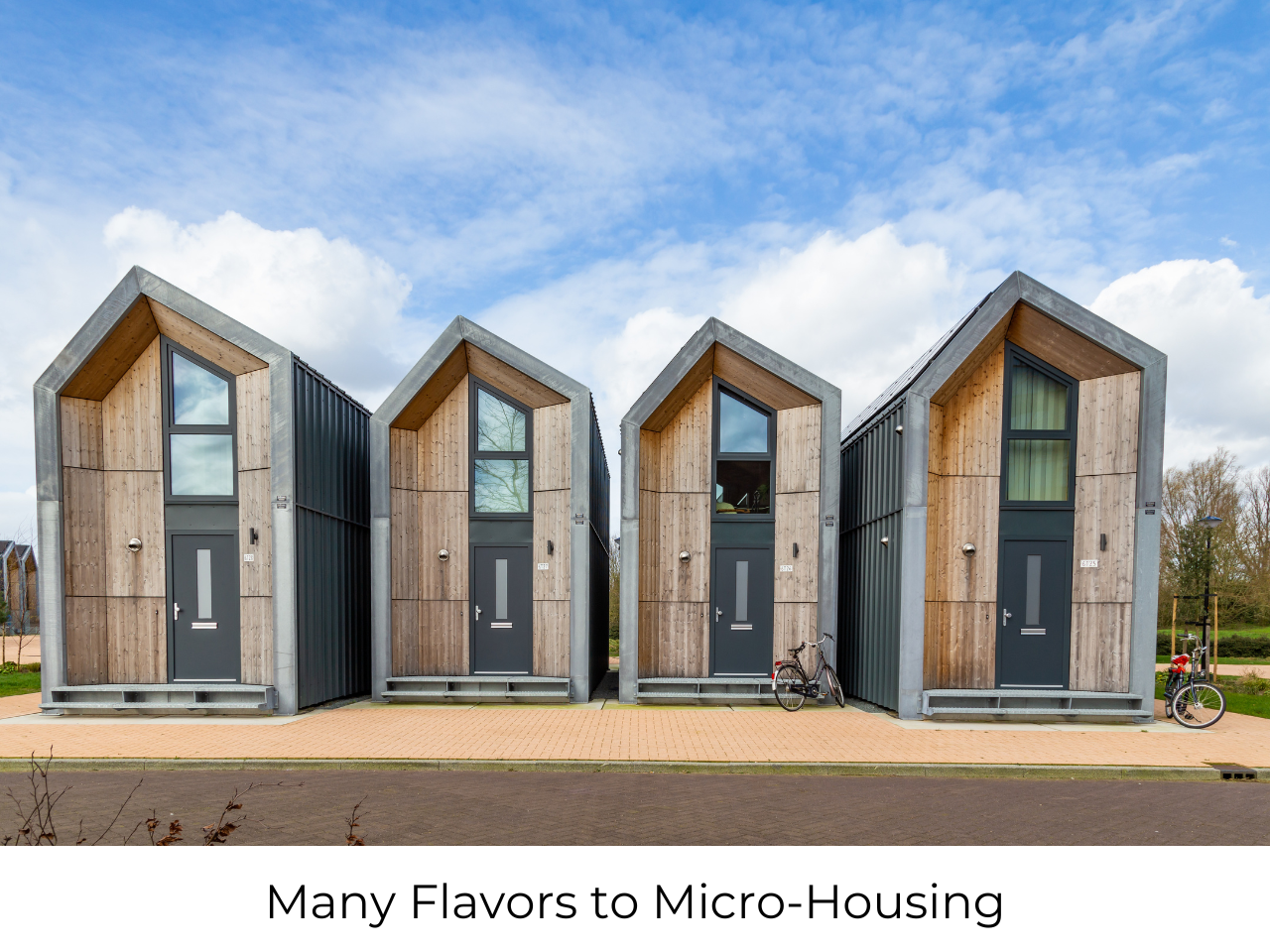Exploring the Most viable multifamily housing options in today’s market.
Micro-Housing: A New Frontier in Urban Living
The urban housing landscape is undergoing a seismic shift as cities across the United States grapple with skyrocketing home prices and mortgage rates. With Freddie Mac reporting rates exceeding 7%—a level not seen since the 1990s—homeownership in urban centers like Seattle, San Francisco, and New York City has become increasingly elusive. In this challenging environment, micro-housing emerges as a beacon of hope, offering innovative solutions that promise affordability, sustainability, and community engagement. But what exactly makes these compact dwellings the most viable option for today’s housing needs?
Understanding the Urban Housing Crisis
The economic realities of the urban housing market are stark. Median home prices often exceed $600,000–$800,000, while new construction homes can easily surpass $2,000,000. This financial squeeze has prompted a reevaluation of traditional housing models, leading to a surge in interest in micro-housing. These small-footprint dwellings, typically ranging from 200 to 400 sq. ft., offer a unique solution by maximizing space efficiency and reducing costs.
But the appeal of micro-housing extends beyond mere affordability. These units represent a paradigm shift in urban living, one that aligns with evolving consumer preferences for sustainable and community-oriented lifestyles.
Regulatory Support and Economic Viability
In response to the housing crisis, states like Washington, California, and Oregon have updated their local regulations to encourage the development of Accessory Dwelling Units (ADUs) and tiny homes. These policy changes are designed to spur creative, space-efficient solutions for those priced out of traditional housing. By allowing for higher density living, these regulations make it possible for developers to spread land and construction costs across more units, resulting in more affordable housing options.
Moreover, micro-housing developments align with sustainability goals by reducing utility costs and environmental impact. Smaller spaces mean less energy consumption, supporting eco-friendly living solutions that are increasingly in demand. This alignment with sustainability is not just a trend; it is a necessity in a world that is increasingly conscious of its environmental footprint.

Sustainability Meets Community
Micro-housing is not just about individual units; it is about fostering vibrant, community-oriented living spaces. Developments often include shared amenities like coworking spaces, fitness centers, and rooftop decks, providing residents with opportunities for social interaction and community engagement. These spaces cater to a diverse demographic, from young professionals and retirees to minimum-wage workers, offering privacy and autonomy within an urban setting.

A Closer Look at the Numbers
The economic viability of micro-housing is clear. A typical micro-unit can drastically reduce per-unit construction costs while allowing for higher per-square-foot rents. This affordability shift is crucial in high-cost areas like Seattle, where traditional one-bedroom apartments are nearly impossible to find within a reasonable budget for minimum wage earners.
For example, a 200 sq. ft. micro-unit built at $300 per sq. ft. costs $60,000 in direct construction costs, excluding land, soft costs, and developer profit. Even at $400 per sq. ft., the unit remains accessible, aligning closely with what an individual on a modest income or a small retirement budget might afford. When scaled to 20–30 units on a single property, and even further to 100+ units, the economies of scale can further reduce cost per unit, making micro-housing an economically viable solution for both developers and residents.
Investment Opportunities in Micro-Housing
At GIS Companies, we are focusing on these types of developments because we believe they are the only projects that will pencil out in the near future. For investors, micro-housing offers a lucrative opportunity to engage in sustainable real estate development. We are planning to offer investment opportunities in both General Partner (GP) and Limited Partner (LP) funds, providing a structured approach to real estate investing. These investment funds will allow investors to participate in the growth and success of micro-housing developments, aligning with their financial goals.

Exploring the Future of Micro-Housing
The potential of micro-housing to reshape urban landscapes is immense. By offering affordable, sustainable, and community-oriented living solutions, micro-housing addresses the pressing need for more inclusive urban development. But the journey is just beginning. As more jurisdictions adopt supportive regulations and as consumer preferences continue to evolve, the micro-housing movement is poised to grow even further.
For those intrigued by the transformative potential of micro-housing, our white paper, “The Future of MicroUnits and Tiny Homes as the Most Viable Multifamily Housing Option,” offers a deep dive into the trends, regulations, and economic factors driving this movement. Discover how micro-housing can provide practical solutions to housing affordability and redefine urban living for years to come.
Ready to learn more about micro-housing investment opportunities? Visit our Micro Housing Page to download the white paper and uncover insights that could redefine urban living.

